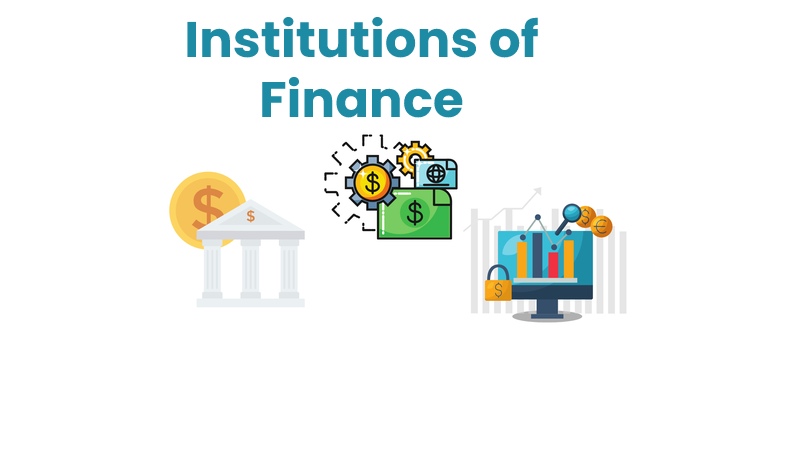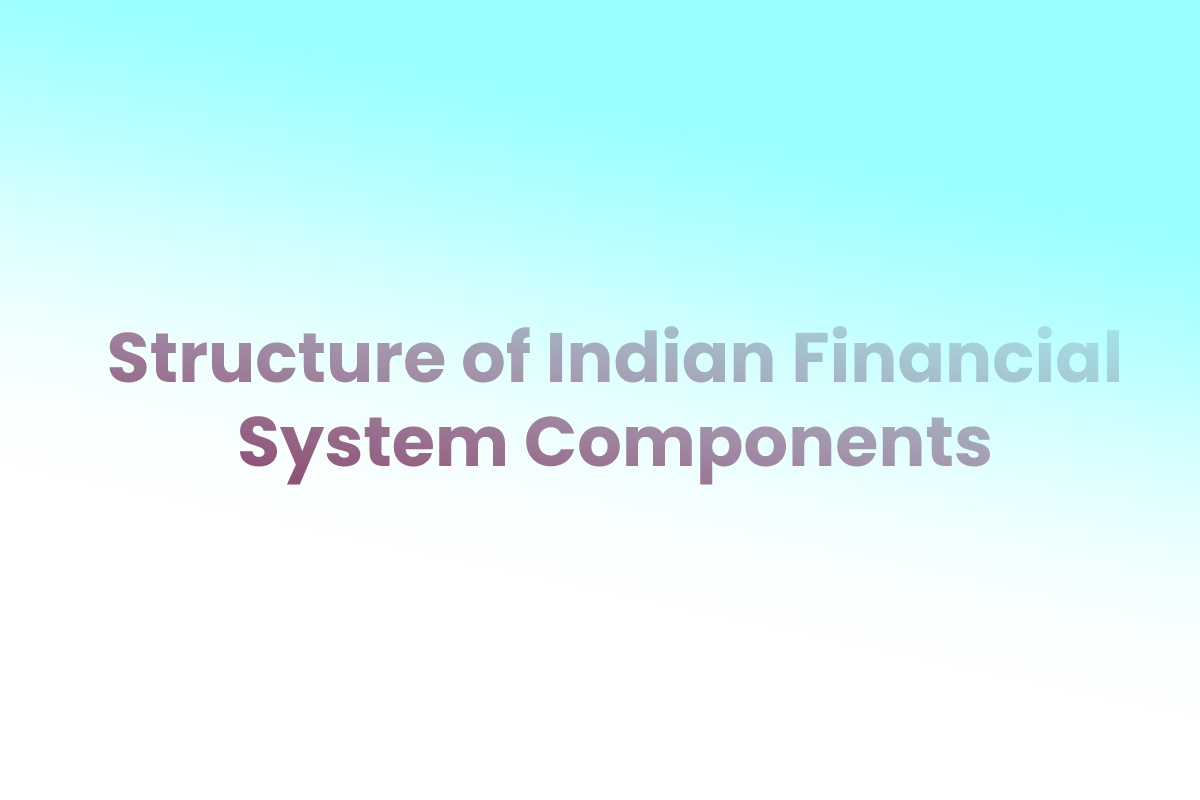The financial system is critical to the smooth operation of the economy. The financial system facilitates the flow of finance in the economy, which leads to the country’s development. The economic system demonstrates the country’s strength.
The Indian Financial System consists of a network of financial institutions, financial markets, financial instruments, and financial services designed to facilitate funds transfer. The economic system provides a payment mechanism for exchanging goods and services. It serves as a link between the saver and the investor. Indian Financial System Structure
Table of Contents
The Four Major Components of the Indian Financial System are as follows:
Institutions of Finance
Markets for Financial Instruments
Securities/Assets/Financial Instruments
Services in finance.
Institutions of Finance
Financial institutions act as intermediaries, bringing together investors and borrowers to ensure the smooth operation of the financial system. But, They mobilize surplus unit savings and invest them in productive activities that offer a higher rate of return.
The Indian Financial System Structure also provides services to entities (individuals, businesses, and governments) seeking advice on various issues ranging from restructuring to diversification plans. Similarly, In addition, they offer a wide range of services to companies looking to raise funds from the market or elsewhere. Institutions are critical to the operation of an economic system.

- Financial Institution Types
- Financial institutions are divided into two types.
- Non-Banking Institutions of Finance
- Financial Institutions
Markets for Financial Instruments
There are two types of financial markets: negotiated loan markets and open markets. The negotiated loan market is one in which the lender and borrower, for example, a businessman borrowing from a bank or a small loan company, personally negotiate the terms of the loan agreement. On the other hand, the open market is an impersonal market in which standardized securities remain traded in large quantities.
An example of an open market is the stock market. But, In a nutshell, financial markets are credit markets that cater to the various credit needs of individuals, links, and institutions. Credit remains given on both a short and long-term basis as well as a lengthy
Similarly, Financial markets remain divided into two categories based on credit requirements for short-term and long-term purposes.
Financial market classifications
The Money Market
The Capital Market
Assets/ Financial Instruments/ Securities
Although, It is a vital part of the financial system. But, Financial instruments are monetary contracts entered into between two parties. But, Financial assets, securities, and other financial instruments remain traded in a financial market. Because the needs of investors and credit seekers differ, the markets offer a diverse range of securities. But, Financial devices can be physical or virtual documents representing a legal agreement with any monetary value. But, Equity-based financial instruments represent asset ownership. Debt-based financial instruments are a type of loan by an investor to the asset’s owner
Financial Instrument Types
monetary instruments
Financial Services for Derivative Instruments
It remains comprised of services provided by Asset Management and Liability Management firms. They assist in obtaining the necessary funds and ensuring they stay invested efficiently. In addition, they help determine the financing combination and provide professional services up to the stage of lender servicing.
Financial Service Types
Banking Wealth Administration
Investing in Mutual Funds
Insurance
Similarly, The Indian Financial System Structure is A financial system that allows funds to remain exchanged between investors, lenders, and borrowers. Indian economic systems function at both the national and global levels. They remain complex, related to services, markets, and institutions.

